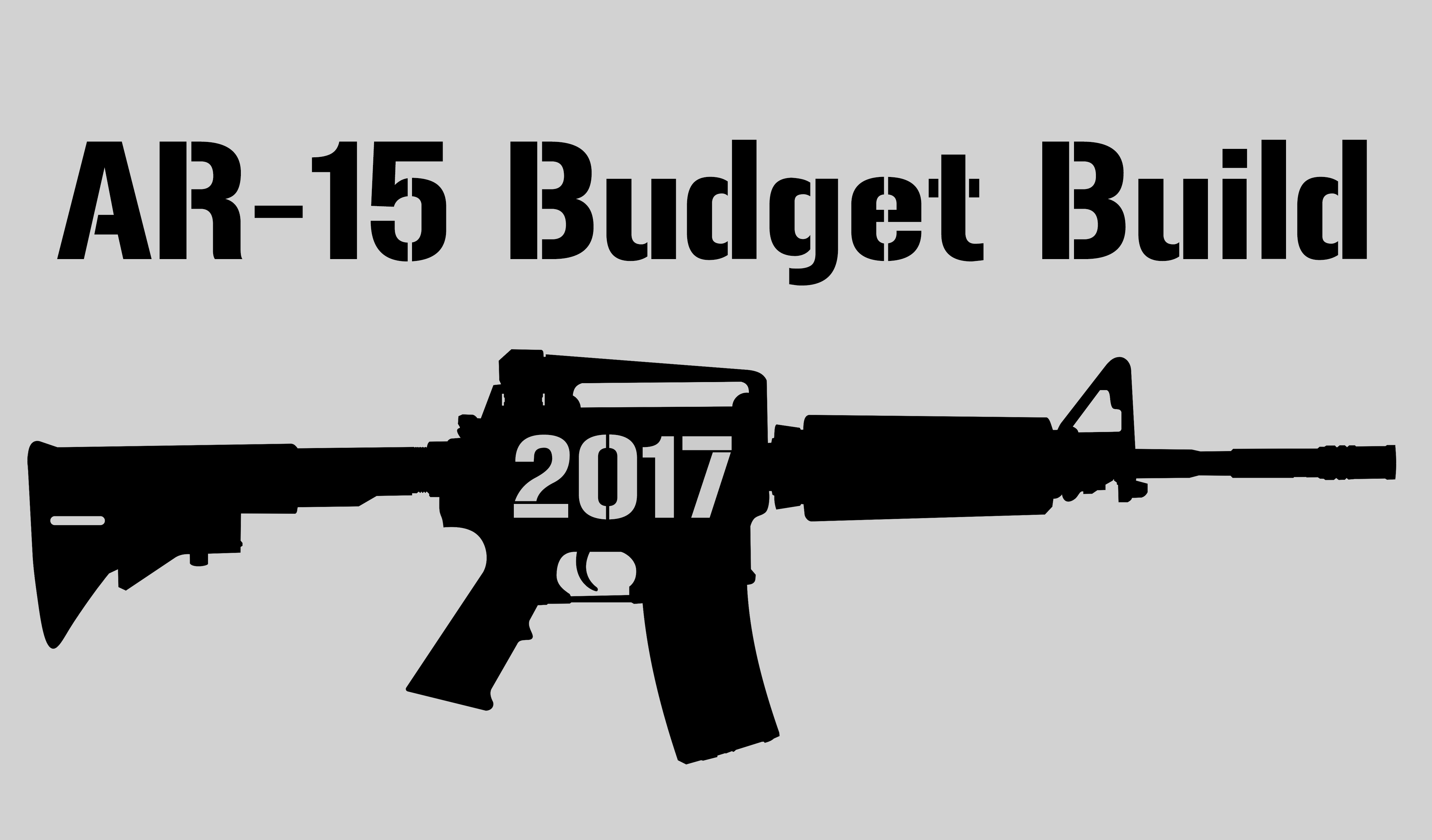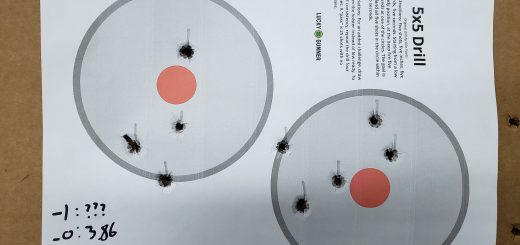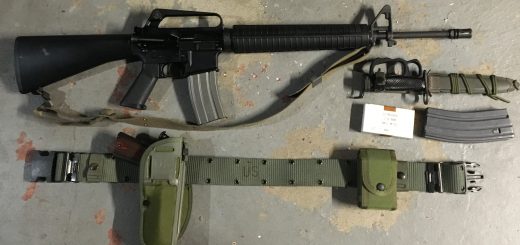From Niche to Headlines: The Rise of FRTs
From Niche to Headlines: The Rise of Forced Reset Triggers
In 2025, forced reset triggers emerged from the fringes to become one of the most controversial and talked-about firearm accessories in the United States. Once confined to specialized forums and experimental builds, FRTs are now the subject of federal litigation, state bans, and heated debate over how best to define and regulate modern trigger devices. Their appeal to certain shooters is obvious: faster shot sequences, perceived tactical advantage, and the allure of pushing the boundaries of semi-automatic performance. But their sudden mainstream attention has thrust questions of legality, safety, and regulatory authority into the spotlight.
How They Work & What Variants Exist
At its core, an FRT replaces or modifies the trigger group so that the trigger is mechanically forced forward (or “reset”) by the action of the firearm itself during the firing cycle. That means less time for the trigger to return under spring pressure, permitting follow-up shots to be made more rapidly than with a standard trigger. Because each round still requires a pull (even if very quickly), manufacturers argue they do not convert a rifle into a fully automatic weapon.
The market now hosts several flavors of these triggers:
- Complete drop-in FRT assemblies: Often designed for popular AR-15 lower receivers, replacing the entire fire control group.
- Modular or retrofit kits: Components that work with existing trigger parts or require minimal gunsmithing.
- Hybrid designs or partial FRTs: Units that incorporate forced reset behavior only under certain cycling conditions, sometimes combining features of binary triggers or enhanced reset systems.
Each model differs in reset feel, pull weight, reliability under adverse conditions, and compatibility with different lower receivers or buffer systems. Some pilots favor an ultra-light, crisp reset to maximize speed, while others value a more tactile or positive reset to avoid uncontrolled bursts. Reviewers repeatedly emphasize that the shooter’s technique, maintenance, and setup still play a major role in real-world performance.
Legal Whirlwinds: From Cease and Desist to Settlement
The legal history of FRTs in the U.S. reads like a regulatory roller coaster. Initially, the Bureau of Alcohol, Tobacco, Firearms and Explosives (ATF) took the view that at least some forced reset triggers should be regulated as machine guns, leading to cease-and-desist letters and device seizures.
The turning point came in 2024 and 2025. In July 2024, the Northern District of Texas vacated the ATF’s classification of Rare Breed’s FRTs as machine guns, deeming the agency’s rationale “arbitrary and capricious” under the Administrative Procedure Act. That opinion drew from the Supreme Court’s precedent in Garland v. Cargill, which had ruled that the ATF exceeded its authority when it arbitrarily classified bump stocks as machine guns. In May 2025, the Department of Justice announced a settlement with Rare Breed Triggers. Under the agreement, seized FRTs would be returned to owners, the federal government would cease classifying these devices as machine guns (so long as they were not built for handguns), and Rare Breed would refrain from marketing FRTs for pistol platforms.
However, the settlement immediately drew pushback from states. Sixteen states (including California, Illinois, Oregon, Washington, and others) sued the federal government, arguing that redistributing these devices would violate federal law and endanger public safety. Some states also obtained court commitments that the ATF would not return FRTs into jurisdictions where their possession is already illegal under state law. Meanwhile, states like California reaffirmed that FRTs remain explicitly prohibited under their statutes. Some attorneys general announced that their states would not receive redistributions.
In short, though the federal posture now permits FRTs where state law allows, the patchwork of state bans means legality varies drastically depending on jurisdiction.
The Road Ahead
With the regulatory barrier lowered at the federal level, FRTs are poised to become more widespread among firearm enthusiasts, competitive shooters, and tactical hobbyists. The prospect of pushing semi-automatic rifles to rates of fire approaching machine guns (under skilled hands) has already attracted both fascination and alarm. Critics argue these devices erode the legal and moral distinction between semi-auto and automatic weapons, heightening risks in mass shootings or criminal misuse. Gun control groups warn that once more devices flood the market, enforcement and detection challenges will escalate.
From the industry side, the settlement has ignited competition. Rare Breed’s agreement to enforce its patents could spur litigation against knockoffs or counterfeit FRT makers. Meanwhile, manufacturers will still need to navigate unpredictable state statutes, compliance challenges, insurance concerns, and marketplace acceptance.
Supporters of firearm innovation argue that forced reset triggers represent the natural evolution of responsible gun ownership and engineering. They see the devices not as a threat, but as a testament to American ingenuity, allowing shooters to explore mechanical efficiency and precision within the bounds of the law. Enthusiasts point out that proficiency, discipline, and respect for safety remain the deciding factors in how any firearm is used, regardless of its trigger system. For them, the FRT debate is less about danger and more about preserving the freedom to innovate, to tinker, and to push the limits of what a semi automatic rifle can legally and safely do in the hands of a trained, law abiding citizen.




